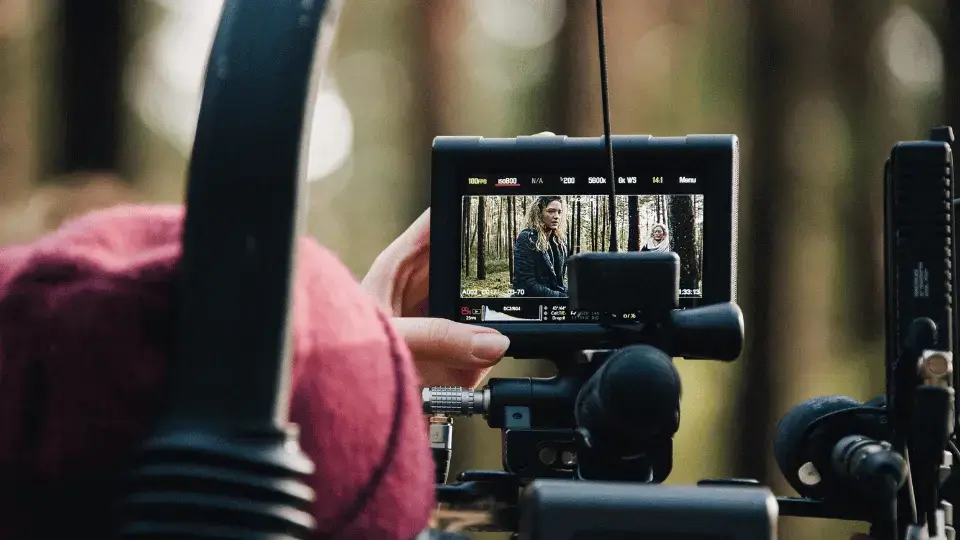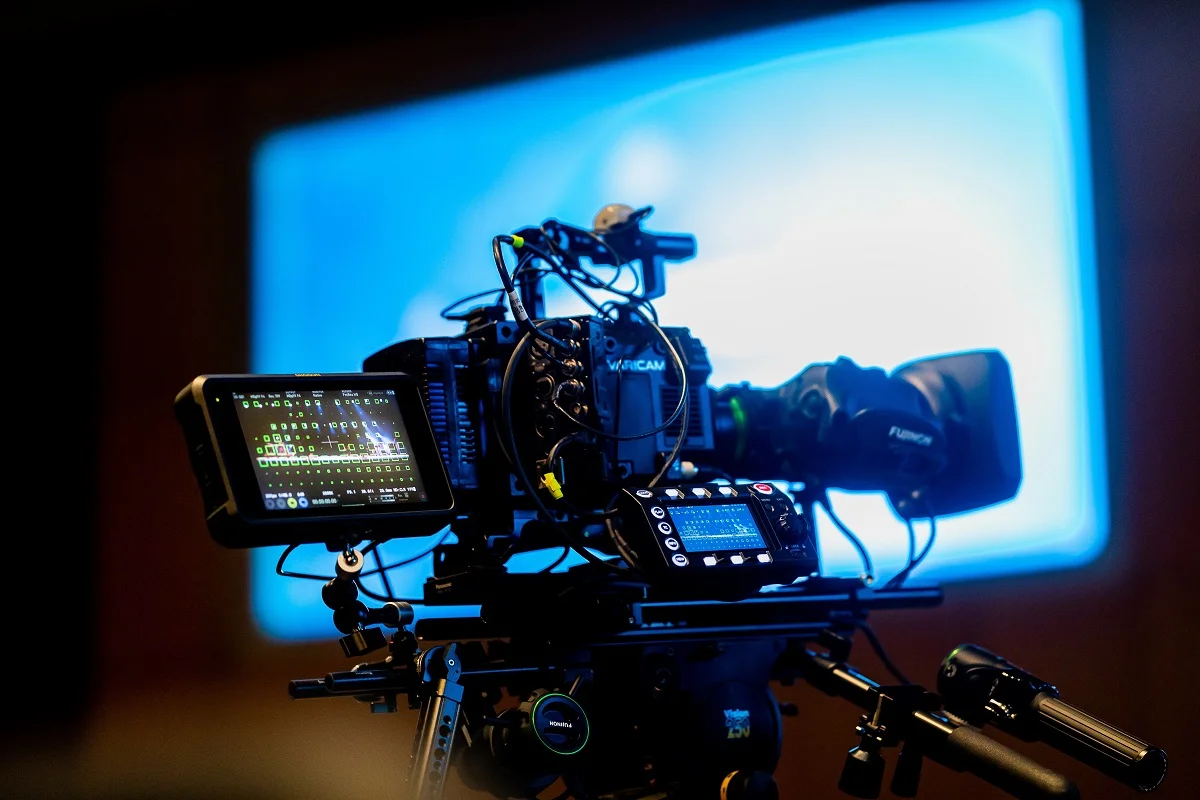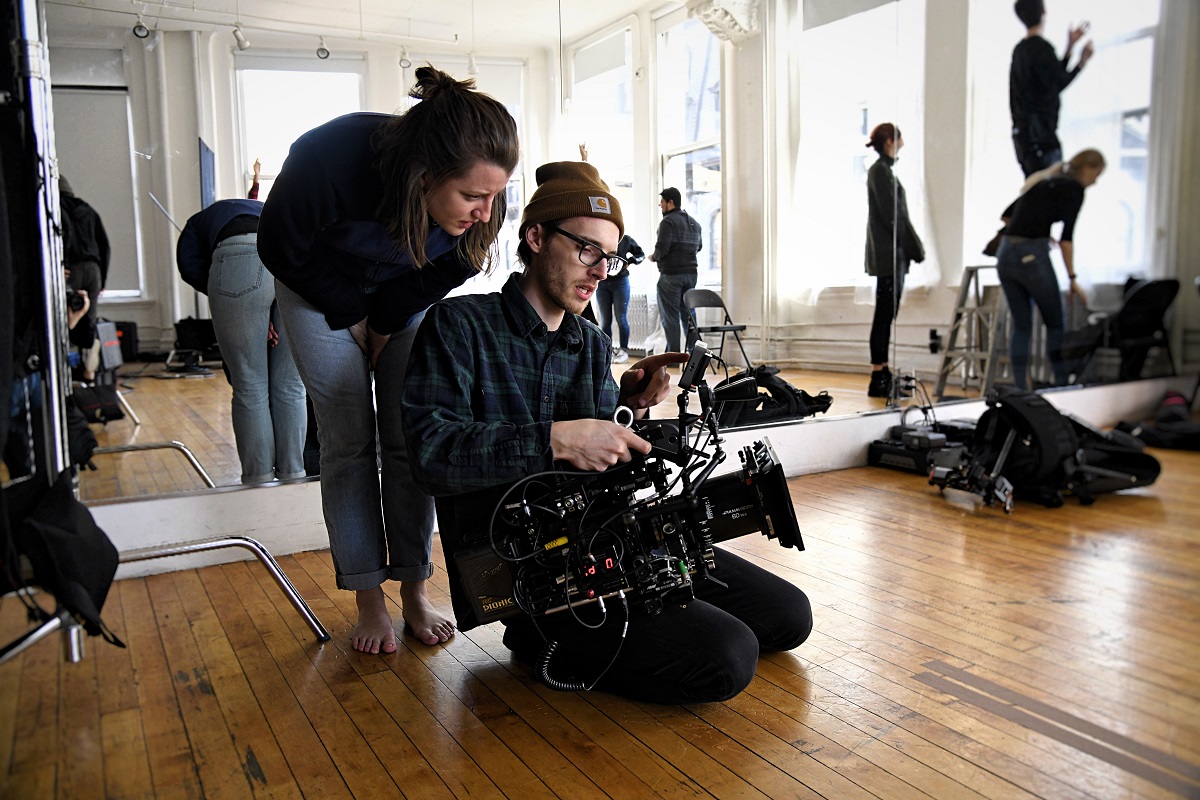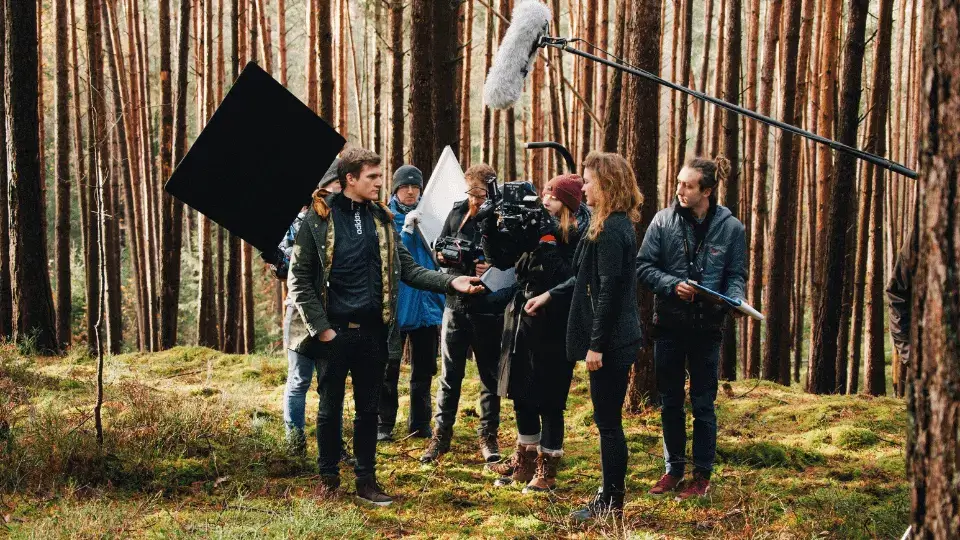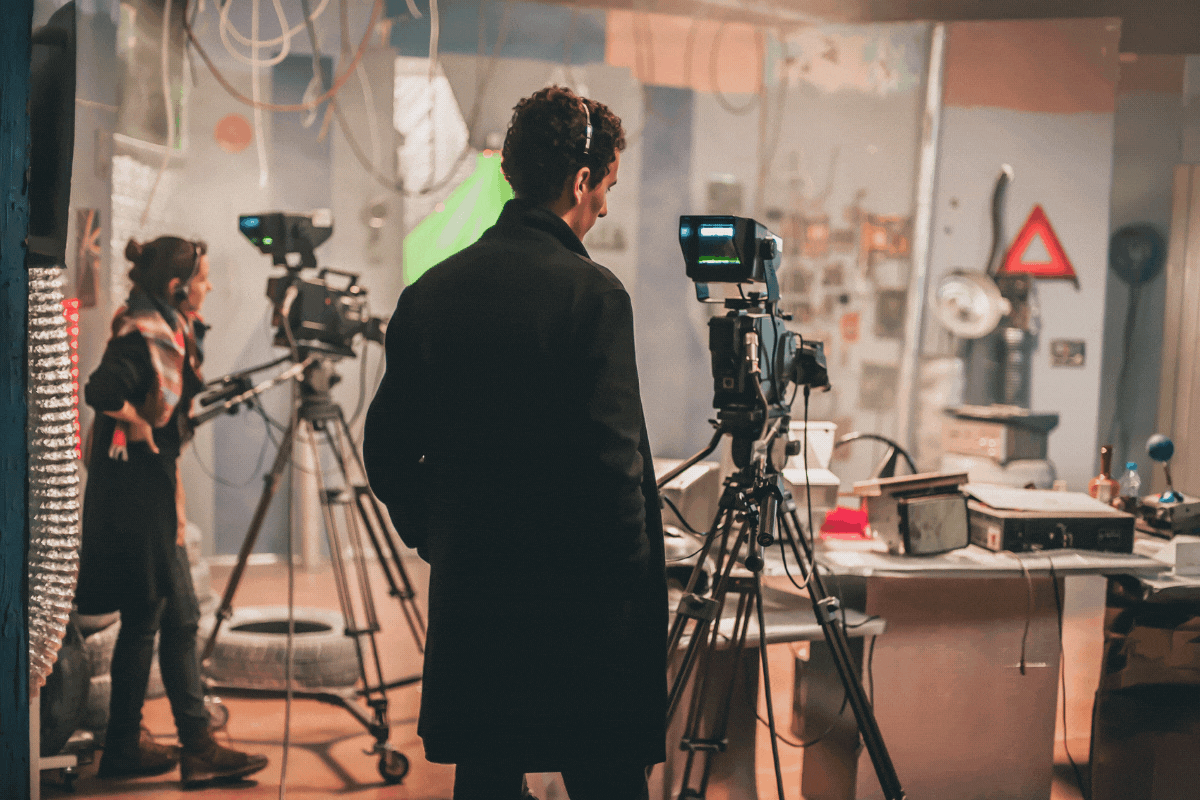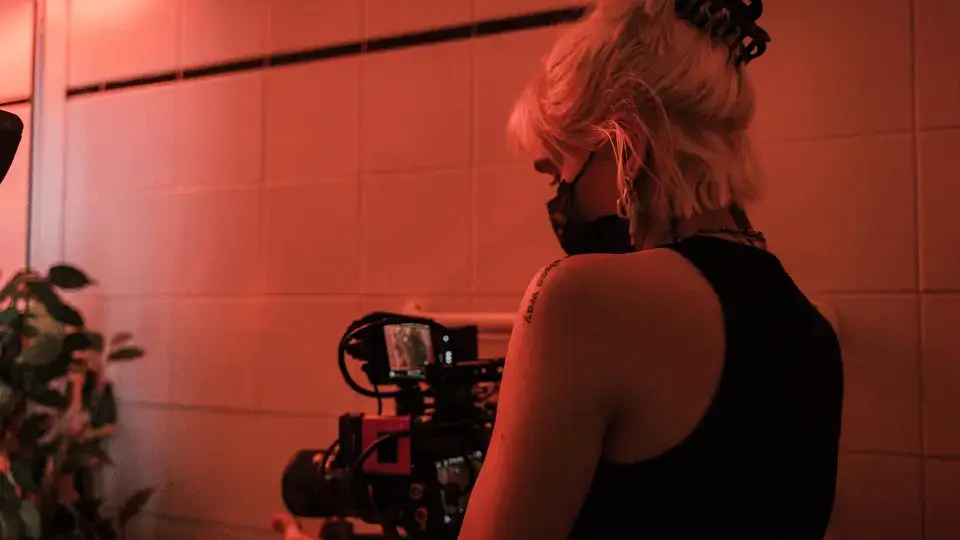Mastering the Essential Elements of Film for a Successful Future
Learn the essential elements of film and how to master them for a successful career in the industry. Discover the importance of screenwriting, directing, cinematography, and editing. Improve your skills and gain valuable insights to pursue your passion. Consider furthering your knowledge with online courses in film and TV industry essentials.
